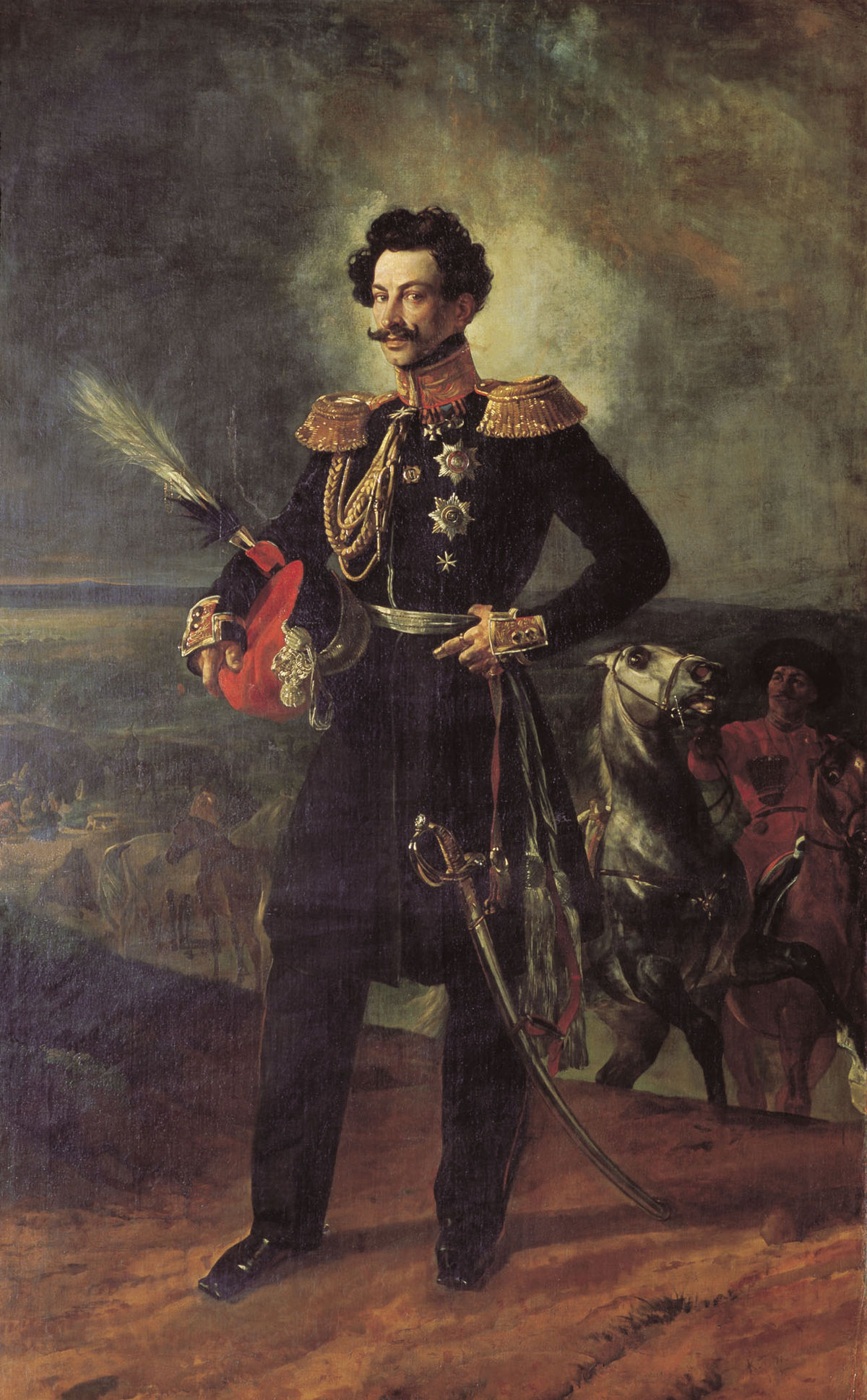
Khivan campaign of 1839
Khiva, UzbekistanCount V. A. Perovsky's winter invasion of Khiva, the first significant attempt to project Russian power deep into the populated areas of Central Asia, suffered a catastrophic failure. The expedition was proposed by Perovsky and agreed upon in St. Petersburg. It took a lot of effort to gather enough supplies and enough camels to transport them, and in one of the coldest winters in the memory of people and animals, many hardships fell. The invasion failed as almost all of the expedition's camels perished, highlighting Russia's dependence on these animals and the Kazakhs who raised and herded them. In addition to the humiliation, most of the Russian slaves, whose liberation was one of the alleged goals of the expedition, were freed and brought to Orenburg by British officers. The lesson the Russians learned from this humiliation was that long-distance expeditions didn't work. Instead, they turned to fortresses as the best means of conquering and controlling the grasslands.
Russians attacked Khiva four times. Around 1602, some free Cossacks made three raids on Khiva. In 1717, Alexander Bekovich-Cherkassky attacked Khiva and was soundly defeated, only a few men escaping to tell the tale. After the Russian defeat in 1839–1840, Khiva was finally conquered by the Russians during the Khivan campaign of 1873.
